11 nights stay, daily breakfast & dinner, domestic flights, train ride, guided tours and all transfers.
Mumbai – Aurangabad – Udaipur – Jodhpur – Pushkar – Jaipur – Agra – Varanasi – Delhi
12 Nights / 13 Days
On Request
Feel free to reach out to us anytime to know more about our tour packages and customize your perfect getaway.
OR INQUIRY NOW
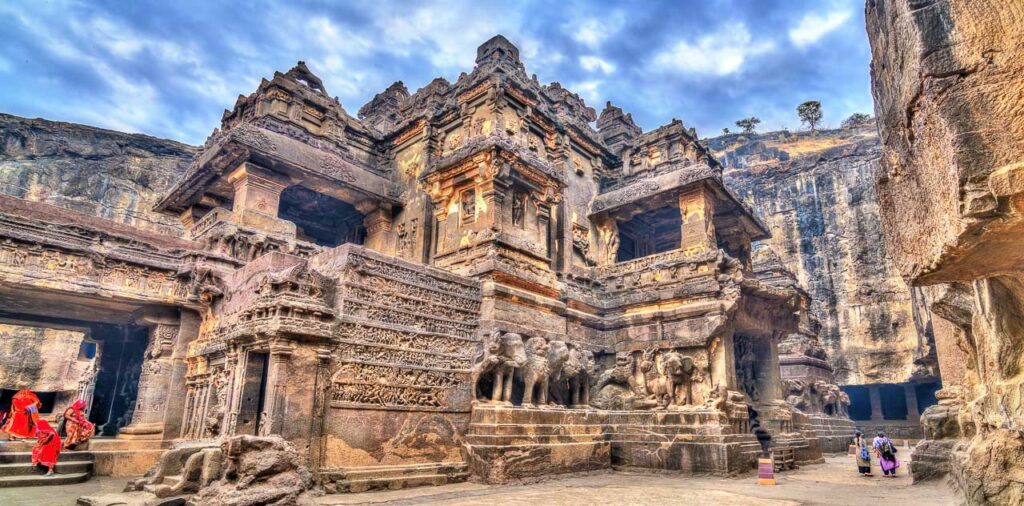
Arrive Mumbai. Meet and assist on arrival. Proceed to a hotel. Check in at hotel.
Visit Dhobi Ghat a huge open-air laundry. Drive past Bombay High Court Building. It was one of the three High Courts in India established at the Presidency Towns by Letters patent granted by Queen Victoria, bearing date June 26, 1862. It was inaugurated on August 14, 1862, under the High Courts Act, 1861.
Rajabai Clock Tower: It was on March 1, 1869, the first step towards the construction of the Rajabai tower was taken; the foundation stone was laid on this day. The model was based in Sir Gilbert Scott, who was an English architect. Premchand Roy chand, an affluent broker who founded the Bombay Stock Exchange, agreed to fund the construction of the tower. After the monument was built, the total cost was estimated to be Rs. 2 Lakh, which was an enormous amount in those days.
And drive past famous Nariman Point is a business district in Downtown Mumbai. Nariman Point is named after Khursheed Framji Nariman, a municipal corporator who had initiated the area’s development as an extension to the Back Bay reclamation. Nariman Point houses some of India’s prestigious business headquarters.
Mani Bhawan (Gandhi Memorial), the house where the Father of the Nation stayed on during his early visits to the city.
Finally drive along Marine Drive a 3.6-kilometre-long Boulevard in South Mumbai is a ‘C’-shaped six-lane concrete road along the coast, which is a natural bay. Marine Drive is also known as the Queen’s Necklace because, if viewed at night from an elevated point anywhere along the drive, the streetlights resemble a string of pearls in a necklace.
Chhatrapati Shivaji Terminus, Mumbai Chhatrapati Shivaji Terminus (CST), formerly known as Victoria Terminus, is a modern yet archaic railway station in the bustling capital city of Maharashtra – Mumbai. The marvelous structure is the perfect example of the Victorian-Gothic style of architecture in India and was built in 1878. In fact, the railway station, which still functions as usual, was a World Heritage Site under UNESCO in 1997. The station is always bustling with the sounds of the metro city and the locals. It is a bustling railway terminus, but there are some corners of it that will make you feel like you have stepped into the pages of British history. It is one of the most famous historical landmarks in the country that is also the second most photographed monument in India.
Visit Gateway of India, the main objective behind the construction of the Gateway of India was to commemorate the visit of King George V and Queen Mary to Bombay (Mumbai). In March 1911, Sir George Sydenham Clarke, who was then the Governor of Bombay, laid down the monument’s first foundation. Although, this plan was approved only in 1914, the reclamations at Apollo Bunder were completed only in 1919. The architectural design of Gateway of India was fashioned by architect, George Wittet. It took 4 years to complete this monument’s construction.
Later transfer to hotel and check-in. Dinner at hotel. Overnight stay at hotel.
On time transfer to airport to board the flight for Aurangabad. Proceed to visit the following:
Bibi Ka Maqbara” Tomb of the Lady” is a tomb located in Aurangabad. It was commissioned in 1660 by the Mughal emperor Aurangzeb in the memory of his first and chief wife Dilras Banu Begum (posthumously known as Rabia-ud-Daurani). It bears a striking resemblance to the Taj Mahal, the mausoleum of Aurangzeb’s mother, Mumtaz Mahal. Aurangzeb was not much interested in architecture. Bibi Ka Maqbara is the largest structure that Aurangzeb has to his credit.
Daulatabad Fort also known as Devagiri or Deogiri, is a historical fortified citadel. It was the capital of the Yadava dynasty (9th century–14th century CE), for a brief time the capital of the Delhi Sultanate (1327–1334), and later a secondary capital of the Ahmadnagar Sultanate (1499–1636). The historical triangular fortress in the city was initially built around 1187 by the first Yadava king, Bhillama V In 1308, the city was annexed by Sultan Alauddin Khilji of the Delhi Sultanate, which ruled over most of the Indian subcontinent. In 1499, Daulatabad became a part of the Ahmadnagar Sultanate, who used it as their secondary capital. Most of the present-day fortification at Daulatabad Fort was constructed under the Ahmadnagar Sultanate.
Finally proceed to Ellora caves (30 kms / 50 minutes’ drive one way).
The Ellora (Verul) caves have been carved during 350 A.D. to 700 A.D. These structures represent the three faiths of Hinduism, Buddhism and Jainism. These caves 34 in number are located 29 kms from Aurangabad. They are fascinating and the finest example of cave temple architecture housing elaborate facades and exquisite interiors. The 12 caves to the south are Buddhist, the 17 in the centre dedicated to Hinduism, and the 5 caves to the north are Jain.
Note: Ellora caves remain closed on every Tuesday. Enjoy the fantastic sunset. Back to hotel and check-in. Dinner & Overnight stay at hotel.
After breakfast proceed to visit Ajanta Caves (102 kms / 4 hrs drive one way).
These depict the stories of Buddhism spanning from the period from 200 B.C. and 650 A.D. These caves were discovered in the 19th century by some British Officers who had been on a tiger hunt. These 29 caves were built by Buddhist monks using simple tools like hammer & chisel. These caves were the retreats of Buddhist monks who taught and performed rituals in the Chaityas and Viharas, the ancient seats of learning. The elaborate and exquisite sculptures and paintings depict stories from Jataka tales. The caves also house images of nymphs and princesses. The Ajanta caves and the treasures they house are a landmark in the overall development of Buddhism as such.
You may visit Connaught Market in Aurangabad for shopping and local market experience. Back to hotel. Dinner & Overnight stay at hotel.
Note: Ajanta caves remain closed on every Monday.
On time transfer to Aurangabad airport to board the flight for Udaipur via Mumbai
Meet & greet at Udaipur airport and transfer to hotel and check-in.
A trip to Lake Pichola is incomplete without a boat ride in the serene lake, especially during sunset. The boat ride starting from Rameshwar Ghat, first takes the visitors to Lake Palace (from outside). The boat then takes them to Jagmandir where the visitors can spend some time appreciating the scenic views.
The sunset view from the boat is truly magical, as is the changing colors of water from blue in the morning to golden in the noon and orange during sunset. During night, the reflection of palace lights on the water is another sight that is sure to leave one spellbound. Back to hotel.
Dinner & Overnight stay at hotel.
After breakfast, proceed to visit City Palace. It is a palace complex built over a period of nearly 400 years, with contributions from several rulers of Mewar dynasty. Its construction began in 1553, started by Maharana Udai Singh II of the Sisodia Rajput family as he shifted his capital from the erstwhile Chittor to the newfound city of Udaipur. The palace is located on the east bank of Lake Pichola and has several palaces built within its complex. The City Palace in Udaipur was built in a flamboyant style and is considered the largest of its type in the state of Rajasthan. It was built atop a hill, in a fusion of the Rajasthani & Mughal architectural styles, providing a panoramic view of the city and its surroundings. Overlooking Lake Pichola, several historic monuments like the Lake Palace, Jag Mandir, Jagdish Temple and Monsoon Palace. Nestled within the Aravali Mountain range, these landmarks are associated in popular culture with the filming of the 1983 James Bond movie Octopussy.
Visit Jagdish Temple, a famous Hindu temple built in white marble and Sahelion ki bari. Sahelion Ki Bari was built by Rana Sangram Singh for a group of forty-eight young women attendants who accompanied a princess to Udaipur as part of her dowry. The gardens set below the embankment of the Fateh Sagar Lake have beautiful lotus pools, marble pavilions and elephant- shaped fountains. As per the legends, the garden was designed by the king himself and he presented this garden to his queen. The queen with her maids and female companions used to come here for a stroll and spend their time in leisure. There is also a small museum here. After sightseeing, back to hotel.
Dinner & Overnight stay at hotel.
After breakfast check-out and drive to Jodhpur via visiting world famous Ranakpur Jain temples. The renowned Jain temple at Ranakpur is dedicated to Tirthankara Rishabhanatha. Dharna Shah, a local Jain businessperson, started construction of the temple in the 15th century following a divine vision. The temple honors Adinath, the first Tirthankara of the present half-cycle (avasarpiṇī) according to Jain cosmology. The town of Ranakpur and the temple are named after the provincial ruler monarch, Rana Kumbha who supported the construction of the temple. The Ranakpur Jain Temples have grand structures. The sun temple at Ranakpur dates back to the 13th century CE. After its destruction, it was rebuilt in the 15th century.
Continue to Jodhpur.
In Jodhpur, proceed to visit Clock Tower along with local markets.
The clock tower is a popular landmark in the old city. The vibrant Sardar Market is close to the tower, and narrow alleys lead from here to a bazaar selling vegetables, spices, Indian sweets, textiles, silver and handicrafts. Later transfer to hotel and check-in. Dinner & Overnight stay at hotel.
After breakfast proceed to visit Mehrangarh Fort.
It is one of the largest forts in India. Built around 1460 by Rao Jodha, the fort is situated 410 feet (125 m) above the city and is enclosed by imposing thick walls. Inside its boundaries there are several palaces known for their intricate carvings and expansive courtyards. A winding road leads to and from the city below. There are seven gates i.e. Jayapol (meaning ‘victory’), Fattehpol (also meaning ‘victory’) gate etc. The museum in the Mehrangarh fort is one of the most well-stocked museums in Rajasthan. The museum exhibits the heritage of the Rathores in arms, costumes, paintings and decorated period. Still run by the Jodhpur royal family, Mehrangarh is packed with history and legend.
Jaswant Thada – a cenotaph, built by Maharaja Sardar Singh in 1899 in memory of his father, Maharaja Jaswant Singh II. It serves as the cremation ground for the royal family of Marwar. The mausoleum is built out of intricately carved sheets of marble. These sheets are extremely thin and polished so that they emit a warm glow when illuminated by the sun. The cenotaph’s grounds feature carved gazebos, a tiered garden, and a small lake.
Around 1100 hrs, drive to Pushkar.
In Pushkar proceed to camel cart Ride to enjoy Kalbeliya dance show.
After show, transfer to hotel and check-in.
Dinner and Overnight stay at hotel.
After breakfast proceed to visit Brahma Temple. A Hindu temple close to the sacred Pushkar Lake to which its legend has an indelible link. The temple is one of very few existing temples dedicated to the Hindu creator-God Brahma in India and remains the most prominent among them. The temple structure dates to the 14th century, partly rebuilt later. The temple is made of marble and stone slabs. It has a distinct red pinnacle and a bird motif. The temple sanctum sanctorum holds the image of four-headed Brahma and his consort Gayatri.
Also visit local market and roam around Pushkar Lake. It is a sacred lake of the Hindus. The Hindu scriptures describe it as “Tirtha-Raj” – the king of pilgrimage sites related to a waterbody and relate it to the mythology of the creator-God Brahma, whose most prominent temple stands in Pushkar. The Pushkar Lake finds mention on coins as early as the 4th century BC.
Later drive to Jaipur. On arrival proceed to experience Indian movie show (3-6 pm) at famous cinema hall Raj Mandir. The atmosphere, energy and pure fun (not to mention volume!) have to be experienced to be believed. The Raj Mandir Movie Theatre is widely acclaimed as the largest cinema hall in Rajasthan, and one of the best in the country.
After movie, transfer to hotel and check-in. Dinner & Overnight stay at hotel.
After breakfast around 0730 hrs: Depart from hotel to visit Amer Fort enroute drive past
Hawa Mahal: Hawa Mahal is a palace in Jaipur, India, so named because it was essentially a high screen wall built so the women of the royal household could observe street festivals while unseen from the outside. We stop here for the photographs from outside.
Amber Fort: You will explore the massive Amber Fort. Inside fort visit the Temple of Kali, the Hall of Victory or Jal Mahal and Jagmandir. The top of the hill on which the fort is situated. It has halls of Public and Private Audience, a Sheesh Mahal (hall of mirrors) various marble palaces which are marvellous examples of ancient Rajput architecture. The Temple of Amba (Mother Goddess), the patron deity of the Royal family is at the entrance to the palace.
After Amer Fort we stop at Jal Mahal for photography from outside, entry is not permitted).
Jal Mahal Jaipur: Literally meaning ‘Water Palace’, Jal Mahal is located amidst the Man Sagar Lake and was constructed by Sawai Pratap Singh in 1799. The beauty of the palace lies in its location as the palace cum hotel is standing in the Centre of the lake.
Visit Galta Ji (Monkey Temple). Situated at about a distance of 10 kms from Jaipur in the city of Khania-Balaji, the Galtaji temple is a Hindu pilgrimage often visited by the people from all over the country. There are many temples in this site and one the special attraction of the place is a natural spring that flows downwards from the hilltop. The temple comprises of 7 holy water tanks or kunds out of which the Galta Kund is the most significant of all.
Proceed to visit City Palace – the former royal residence built in a blend of the Rajasthani and Mughal styles which houses a museum with a superb collection of Rajasthani costumes and armoury of the Mughals and Rajputs, including swords of different shapes and sizes with ornate handles. It has an art gallery with an excellent collection of miniature paintings, carpets, royal paraphernalia and rare astronomical works in Arabic, Persian, Latin and Sanskrit.
Also visit Jantar-Mantar – a collection of nineteen architectural astronomical instruments built by the Rajput king Sawai Jai Singh II and completed in 1734. It features the world’s largest stone sundial and is a UNESCO World Heritage site. Visit Local Bazar of Jaipur.
Dinner & Overnight stay at hotel.
After an early breakfast drive to Agra enroute visit Abhaneri step wells.
The Chand Baori Abhaneri step well built over a thousand years ago in the Abhaneri village of Rajasthan. It is not only one of the largest step wells but also one of the most beautiful ones. It was built by King Chanda somewhere in the 9th century. The Chand Baori is not an easy landmark to find, thus it is one of the hidden secrets of India! Step wells, also called bawdi or Baori, is unique to this nation. The wells have steps built into the sides that lead down to the water.
Upon arrival, proceed to visit the most iconic monuments, the world-famous Taj Mahal – described as the most extravagant monument ever built for love, it was constructed by Mughal Emperor Shah Jahan as a memorial to his queen Mumtaz Mahal, made out of white marble and took 22 years to complete. What makes the Taj unique is its perfect proportions, distinct femininity, medium of construction and ornamentation.
Also visit Agra Fort, construction of the massive red sandstone was begun by Emperor Akbar in 1565, though additions were made up until the rule of his grandson, Shah Jahan. It is an imposing structure with walls of red sandstone almost three kilometres long. It houses halls of public (Dewan –E- Aam) & private (Dewan –E- Khas) audiences. Later transfer to hotel and check-in. Dinner & overnight stay at hotel.
On time transfer to Delhi airport to board the flight for Varanasi. Meet & greet at Varanasi airport and proceed to Sarnath excursion.Sarnath (Friday closed). Sarnath, the site where Buddha set in motion the wheel of Dharma and established the Sanga. One of the holiest Buddhist sites in the world, where Buddha preached his first Sermon in 590 BC. Witness the ruins of a once flourishing Buddhist monastery and then visit a fine Museum which houses an excellent collection of Buddhist art and sculptures found at the site. Proceed to evening prayer (Aarti) ceremony on ghats of the holy river Ganges. Dinner and overnight at hotel.
Early morning wakes up and proceed for boat ride on River Ganges to see the bathing ghats and people performing rituals. Back to hotel for breakfast.
Later proceed for city tour of Varanasi including Jyotilinga Visvanath Temple, Bharat Mata Temple, Ganga Temple, Gyan Vappi Well etc.
Varanasi is situated on the left (west) bank of the River Ganga and is generally believed to be about 3,000 years old. It is regarded holy by Hindus, Buddhists and Jains. The culture of Varanasi is closely associated with the River Ganges and the river’s religious importance. The city has been a cultural and religious centre in northern India for several thousand years. Many prominent Indian philosophers, poets, writers, and musicians resided or reside in Varanasi. Later transfer to Varanasi airport for flight to Delhi Meet & greet on arrival and transfer to hotel and check-in. Dinner and overnight at hotel.
After breakfast, check out proceed to visit Qutub Minar is a minaret and a UNESCO World Heritage Site. It is a 73-metre (239.5 feet) tall tapering tower of five storeys. Its design is thought to have been based on the Minaret of Jam in western Afghanistan.
Drive past Parliament House and the Rashtrapati Bhawan, the President’s residence. Also visit India Gate, (originally called the All-India War Memorial) is a war memorial located astride the Rajpath. Designed by Sir Edwin Lutyens, it is a memorial to 70,000 soldiers of the British Indian Army who died in the period 1914–21 in the First World War. The India Gate, even though a war memorial, evokes the architectural style of the triumphal arch like the Arch of Constantine, outside the Colosseum in Rome, and is often compared to the Arc de Triomphe in Paris.
Visit Gurudwara Bangla Sahib (Sikh temple) was first built as a small temple by Sikh General, Sardar Baghel Singh in 1783. The complex also houses a higher secondary school, Baba Baghel Singh Museum, a library and a hospital.
Enjoy the main street of Old Delhi, Chandni Chowk is the heart of Delhi. Chaotically competing for space, its narrow lanes are filled with shops to buy inexpensive stuff.
Also visit Gandhi Museum – The National Gandhi Museum has a very rich collection of original relics, books, journals and documents, photographs, audio-visual materials, exhibitions, art pieces and other memorabilia closely connected with Mahatma Gandhi, Kastur Ba and Indian Freedom Struggle.
Finally proceed to visit Swaminarayan Akshardham. It epitomizes 10,000 years of Indian culture in all its breath-taking grandeur, beauty, wisdom and bliss.
Musical Water Show – Circle of Life (Evening at 1900 hrs) – (Monday closed)
A spectacular musical fountain show that depicts the cycle of birth, life, and death as described in Indian philosophy. After show transfer to international airport for flight to onward destination.
END OF TOUR
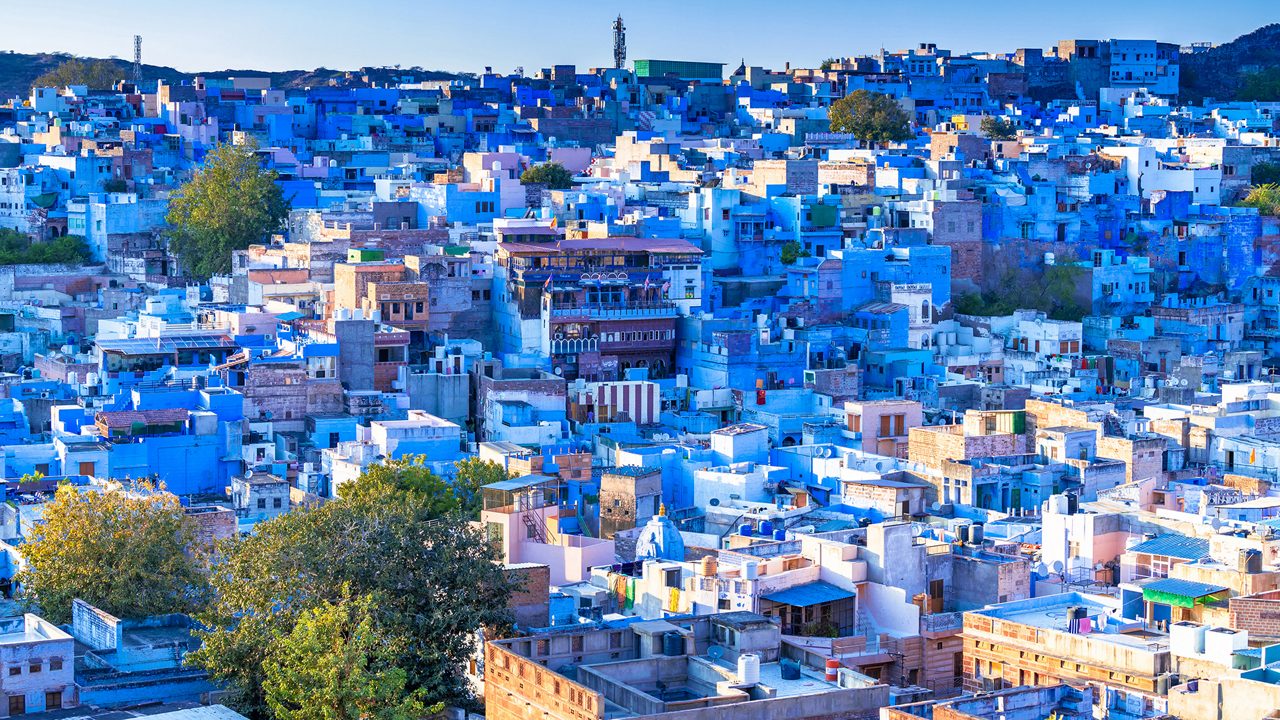
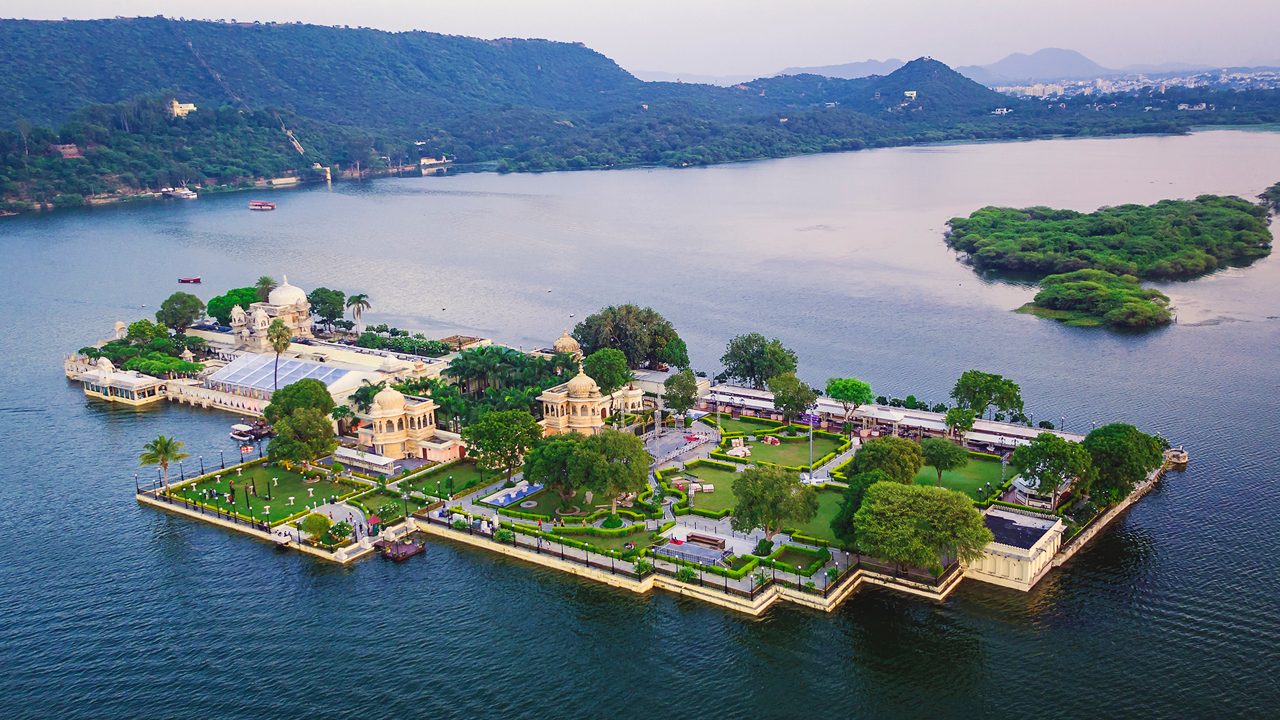
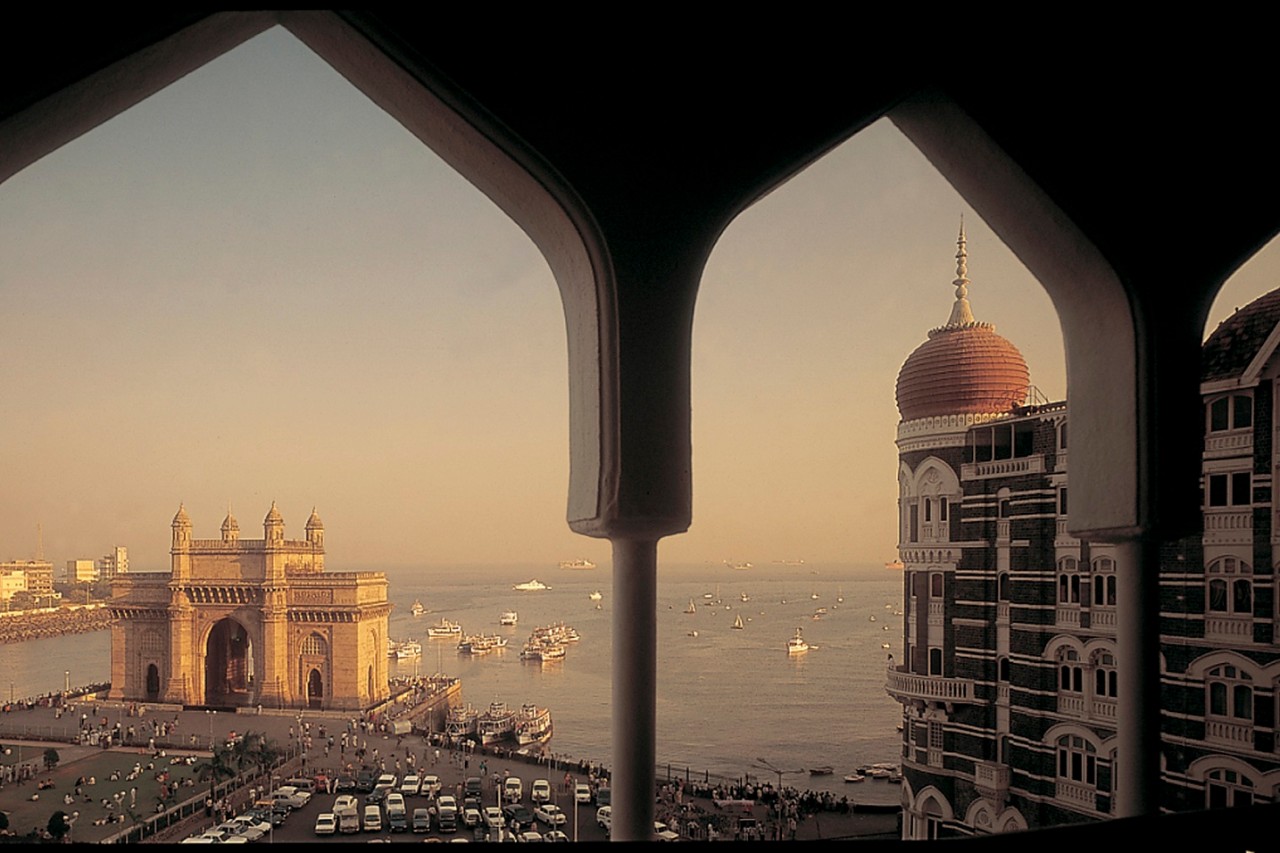

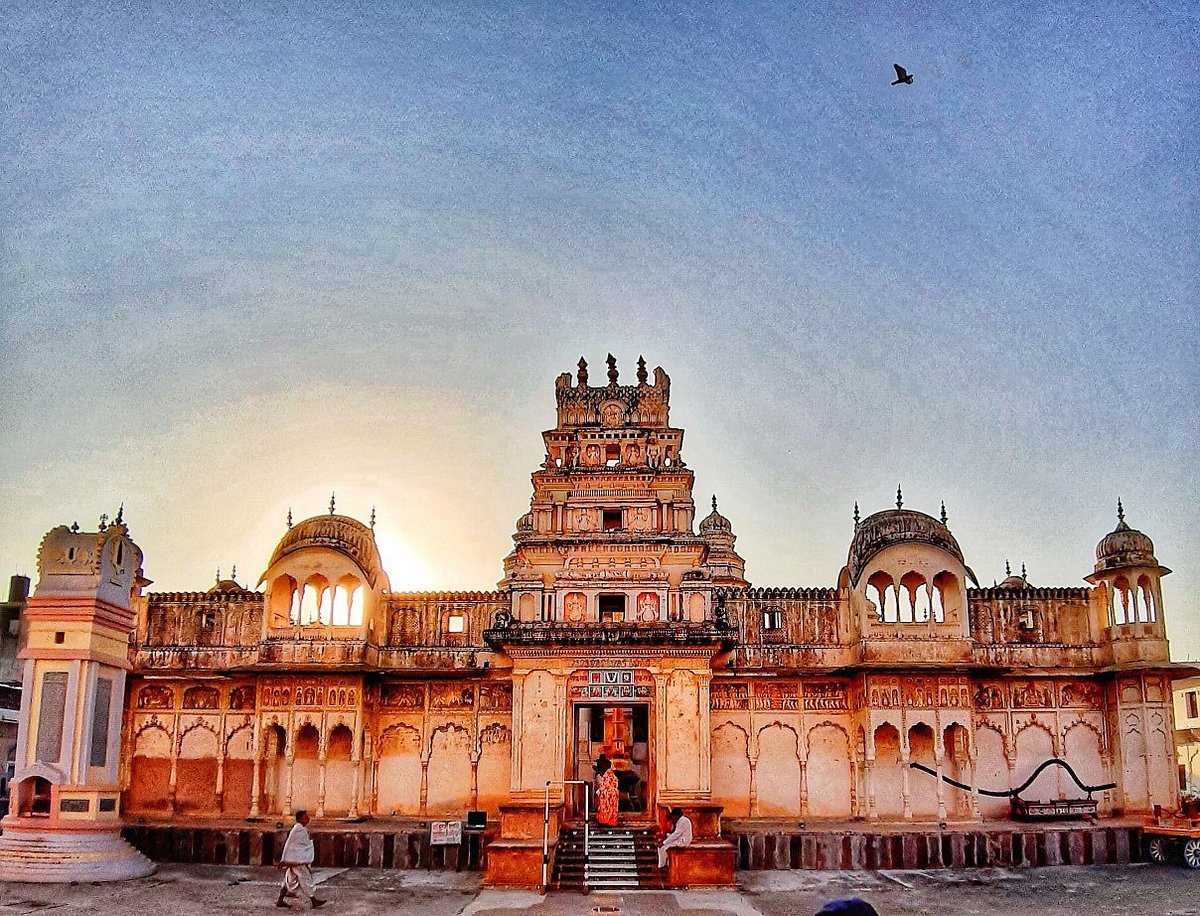
Reach out today to unlock exclusive travel deals and personalized support. Whether you’re dreaming of a world tour or a local escape, we’re here to make it unforgettable.
A: Trivandrum, Kerala, India
Created by Phoenix Creatives
Copyright © 2025. All rights reserved by India Tour Designer